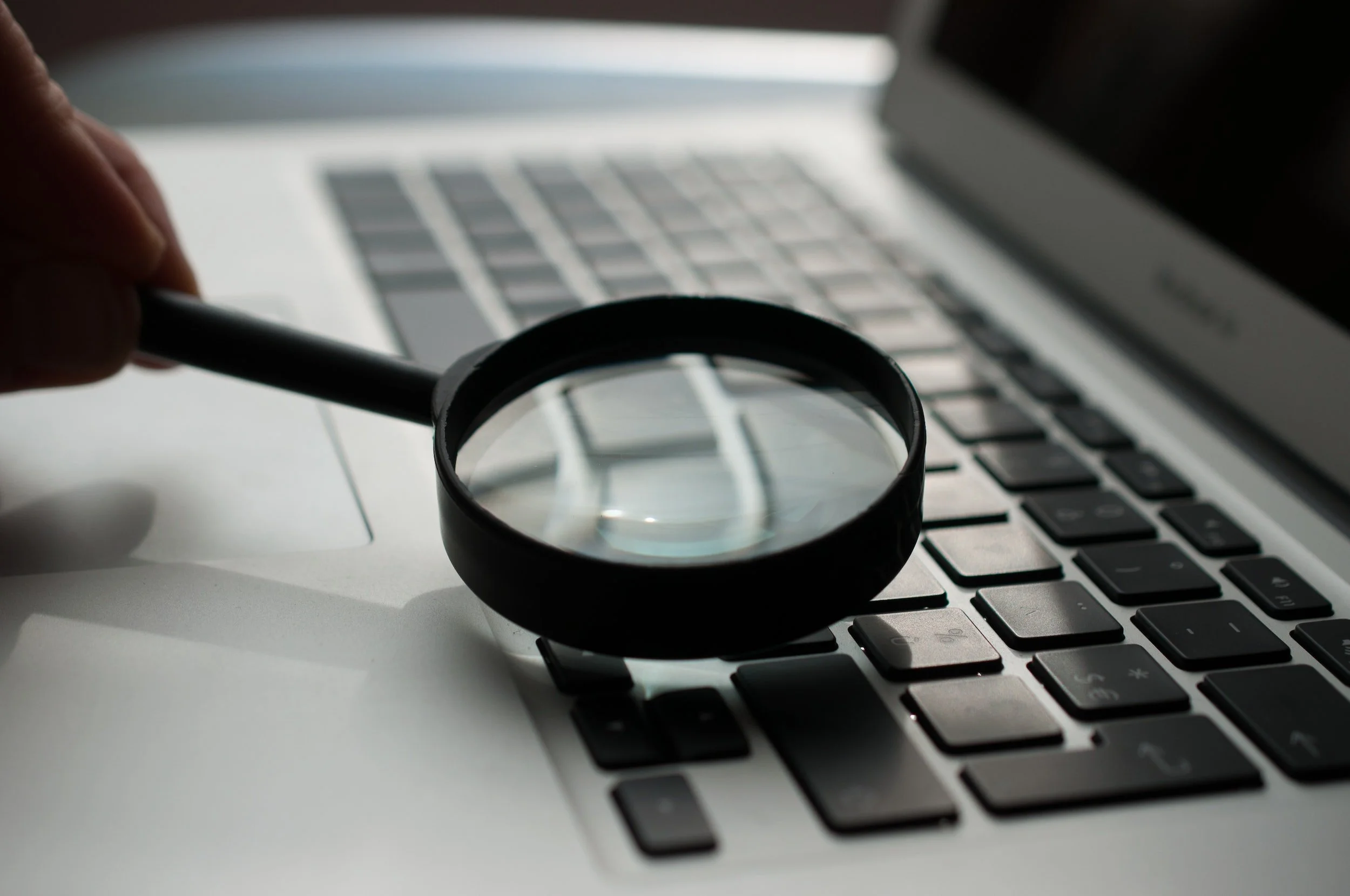Outlook has a feature called the “Focused Inbox.” If this feature is enabled, Outlook separates your inbox into two tabs, Focused and Other.
Read MoreDid you know you can highlight text in a vertical column in Outlook and Word?
Read MoreDid you know you can use keyboard strokes to toggle between your Outlook Inbox, Calendar, Tasks, and Contacts?
Read MoreDid you know you can create, reply, forward, and send emails in Outlook without touching your mouse? Here’s how.
Read MoreLast week’s blog entry talked about using the keyboard keys CTRL + SHIFT + V to move emails from your inbox to one of your Outlook file folders. But what if you need to create a new file folder for the email you want to move? You can do that without touching your mouse as well.
Read MoreOne of the keyboard strokes I have used THE MOST in my career and has saved me SO MUCH time is CTRL + Shift + V to move emails in Outlook.
Read MoreOn occasion I receive a Plain Text email. A Plain Text email is an email that contains no formatting. It’s text only with no fancy fonts, pictures, colors, etc. When you reply to a Plain Text email, your reply will also be in Plain Text. So if you add your signature line and you have fonts or pictures in your signature line, all of that formatting won’t show up. But you can kick your reply email back into HTML (with formatting) in just a few clicks.
Read MoreIn Microsoft Outlook, there is a categorize option to add a color category to emails, calendar entries, tasks, notes, etc.
Read MoreDo you ever have issues finding an existing email, task, or other Outlook item?
Read MoreIn Microsoft Outlook, when you add new entries to your Calendar, each of those entries has a 15-minute reminder automatically attached to it. But you can change reminders if the 15-minute default isn’t what works best for you.
Read MoreBeing intentional about how you use the “Show As” feature for each of your calendar items can save you time.
Read MoreIf you save contact information in Outlook, there is a handy shortcut to get that contact started.
Read MoreAt times there are emails I receive that I can’t unsubscribe to but I don’t want/need to review them. If you receive emails that you can’t stop but don’t want to see, a solution would be to create a rule in Outlook to move those emails to your Deleted Items automatically.
Read MoreIf you find yourself hunting for a button in any Microsoft program, add the button to the Quick Access Toolbar to save yourself some time.
Read MoreHave you ever wished to change the time scale in your Outlook calendar? Outlook usually defaults a single unit in the calendar section to 30 minutes. But this can easily be adjusted.
Read MoreThere’s a handy shortcut called New Items in Outlook that can save you some clicks every day.
Read MoreWhen working at a medium to large firm, it’s not uncommon for the company to have preset email contact groups. There may be a contact group for all employees of the firm, for all employees in each regional office, for all managers, for specific teams, etc. You can also create your own personalized email contact groups in Outlook.
Read MoreIn a recent blog post, I talked about my previous job when I had to coordinate multiple calendars in order to schedule meetings and events. Another function in Outlook that made my job easier when comparing multiple calendars was the Overlay feature.
Read MoreIn a previous job, there were often times when I needed to coordinate a date that would work for 10 or more people. I had viewing access to see each of their calendars just by clicking a button in Outlook. If you’ve worked with many calendars like this, you know that once you click around 4 or 5 different calendars, Outlook switches from a vertical layout of the calendar (where time is listed at the left-hand side of the calendar screen) to a schedule view (where time is listed at the top of the screen).
Read MoreLast week, my blog post was about using the SHIFT + DELETE keys to permanently delete items in your Microsoft Outlook Inbox. If you start getting really good at this, your fingers will sometimes move faster than your conscious thought. So fast that you might accidentally permanently delete an email that you didn’t want to actually delete. Don’t worry, the email can be recovered.
Read More



















